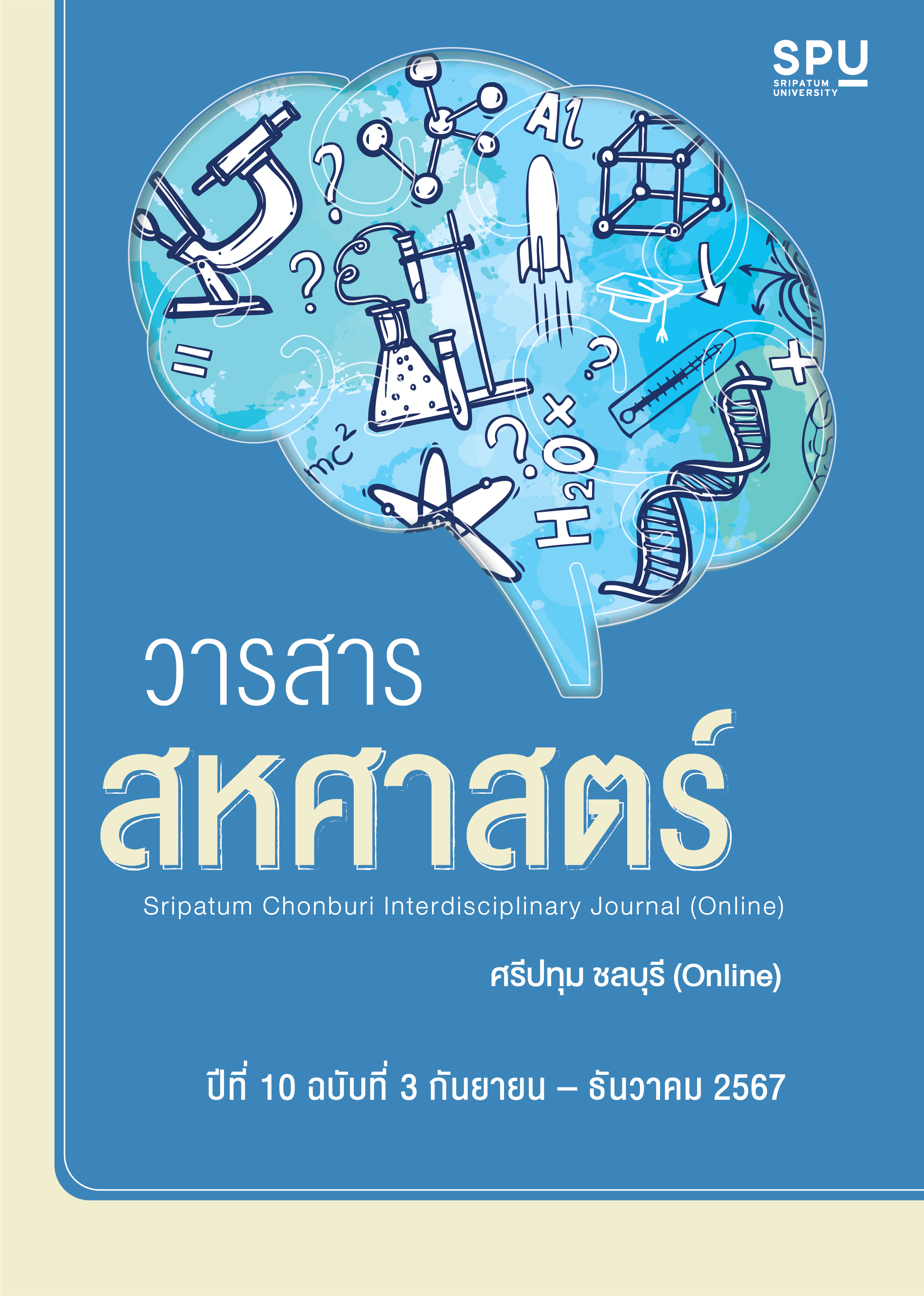How do multisensory teaching strategies enhance literacy skills among students with learning disabilities in inclusive classrooms?
Keywords:
Multisensory Teaching, literacy skills, learning disabilities, inclusive classroomsAbstract
.
References
Boardman, K. (2020). An exploration of teachers’ perceptions and the value of multisensory teaching and learning: a perspective on the influence of Specialist Dyslexia Training in England. Education 3-13, 48(7), pp. 795-806.https://doi.org/10.1080/03004279.2019.1653349
Campbell, M. L., Helf, S. & Cooke, N. L. (2008). Effects of adding multisensory components to a supplemental reading program on the decoding skills of treatment resisters. Education and Treatment of Children, 31(3), pp. 267-295.
Celik Korkmaz, S. & Karatepe, C. (2018). The Impact of Multi-Sensory Language Teaching on Young English Learners' Achievement in Reading Skills. Novitas-ROYAL (Research on Youth and Language), 12(2), pp. 80-95.
Hettiarachchi, S. & Ranaweera, M. (2013). Story Boxes: using a multisensory story approach to develop vocabulary in children experiencing language-learning difficulties.International Journal for Cross-Disciplinary Subjects in Education (IJCDSE), 4(1),
pp. 1076-1081. https://doi.org/10.20533/ijcdse.2042.6364.2013.0152
Kamenopoulou, L. (2022). Inclusive education for learners with multisensory impairment: best practices and research priorities. New York, NY: McGraw-Hill.
Komalasari, M. D., Pamungkas, B., Wihaskoro, A. M., Jana, P., Bahrum, A. & Khairunnisa, N. Z. (2019). Interactive multimedia based on multisensory as a model of inclusive education for student with learning difficulties. In Journal of Physics: Conference Series, 1254(1), 012057.https://doi.org/10.1088/1742-6596/1254/1/012057
Lee, L. W. (2016). Multisensory modalities for blending and segmenting among early readers. Computer Assisted Language Learning, 29(5), pp. 1019-1034.https://doi.org/10.1080/09588221.2015.1129347
Milman, N. B. & Vanden Boogart, A. E. (2024). Differentiating Reading and Writing Instruction Across Content Areas With 1: 1 iPads in an Elementary School. Computers in the Schools, pp. 1-19.https://doi.org/10.1080/07380569.2024.2337649
Muvirimi, P. (2018). Chapter Four: Multisensory approach. Learning to Teach in an Inclusive Era: Methods of Teaching. New York, NY: Strategic Book Publishing.
Newman, I. (2019). When saying ‘go read it again’won't work: Multisensory ideas for more inclusive teaching & learning. Nurse education in practice, 34, pp. 12-16.
Park, S. (2022). Multisensory Alphabet Instruction for Young Children. Columbus, Ohio: The Ohio State University.
Sarudin, N. A. A., Hashim, H. & Yunus, M. M. (2019). Multi-sensory approach: How it helps in improving words recognition?. Creative Education, 10(12), pp. 3186-3194.https://doi.org/10.4236/ce.2019.1012242
Taghvayi, D., Vaziri, S. & Kashani, F. L. (2012). The effectiveness of integrative approach, Fernald multi-sensory technique on decrease reading disability. Procedia-Social and Behavioral Sciences, 69, pp. 1264-1269.https://doi.org/10.1016/j.sbspro.2012.12.060
Viji, B. & Raja, B. W. D. (2017). Preparing Teachers for Multisensory Teaching Strategy to Improve the Learning Outcomes of Students with Reading Disabilities. TJELLS| The Journal for English Language and Literary Studies, 7(4), pp. 57-63.



